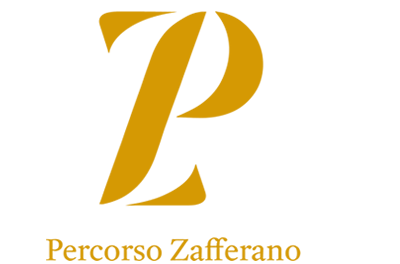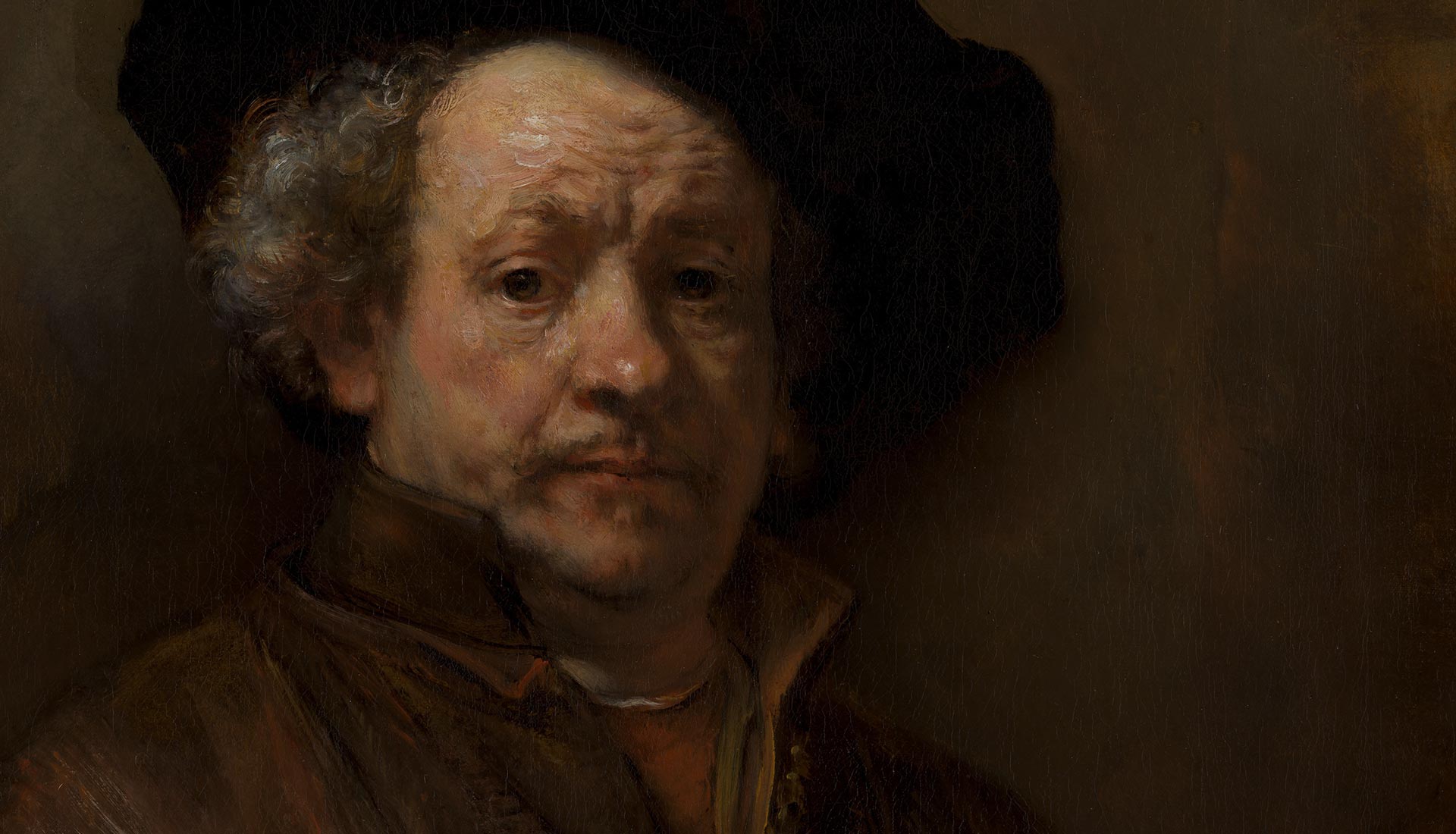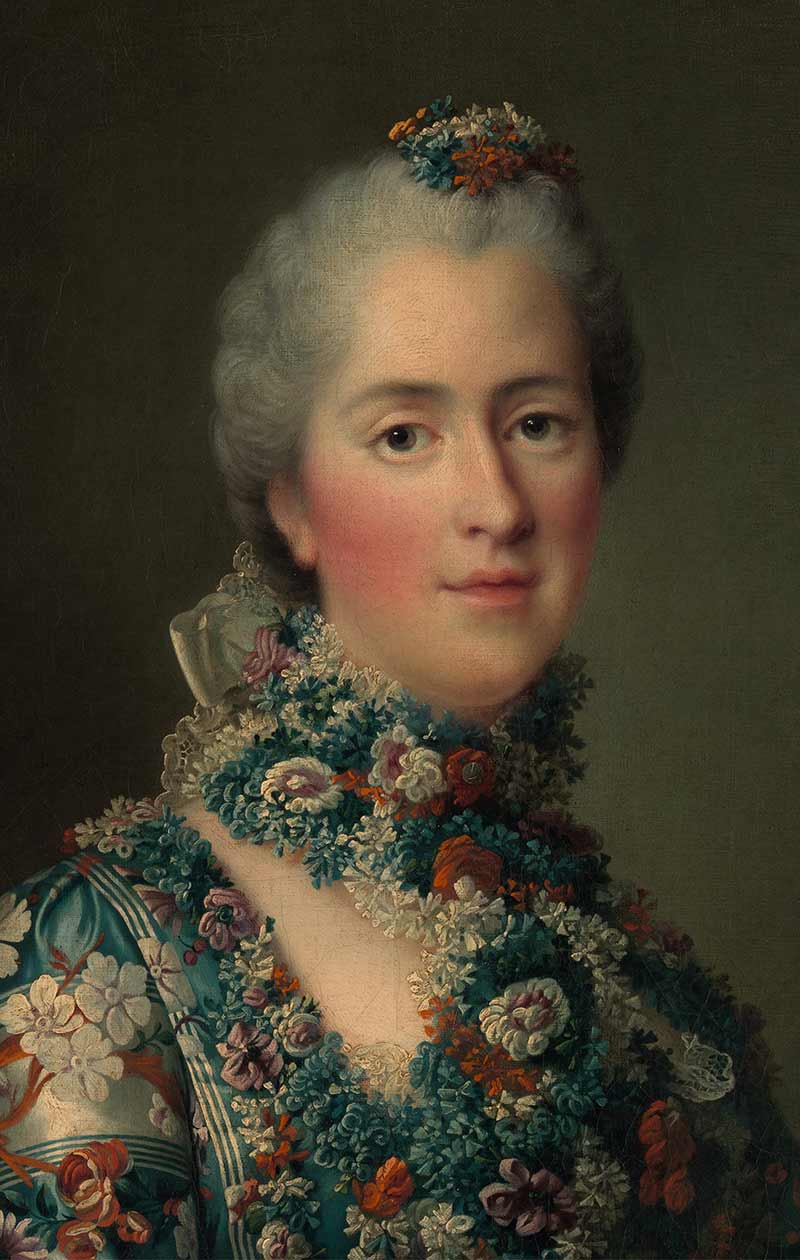The coloring power of Saffron
Saffron pistils, when dipped in a liquid, release a golden yellow colour, also known as ‘saffron yellow’. Once the right shade of colour is obtained, the solution is ready to be used.
The Saffron-based dye was used in the past to colour fabrics to connote the social status: only nobles could wear dresses dyed with Saffron, while Phoenician and Carthaginian brides used it to colour their veils. Buddhist, Tibetan and Hindu monks wore Saffron-dyed cassocks. The Irish dyed wool with the dye extracted from Saffron, while the Japanese used it to paint their rich traditional clothing. Saffron was also used by the great artists of the late Middle Ages and the Renaissance to paint their canvases and as ink for monastic books.
Today Saffron is used as a dye in the food sector – because of its toxicological safety and its stability to light – in histology as a cellular dye, and for the restoration of paintings, books and ancient clothes, allowing respect of the original materials and ensuring chemical compatibility, colour stability, photostability and resistance to oxidative processes.
Project Objectives
- We are developing projects to expand Saffron colouring power applications not only for artistic restoration, but also to produce photostable pigments to be used in the food and histological sectors. Further details will be provided shortly.







